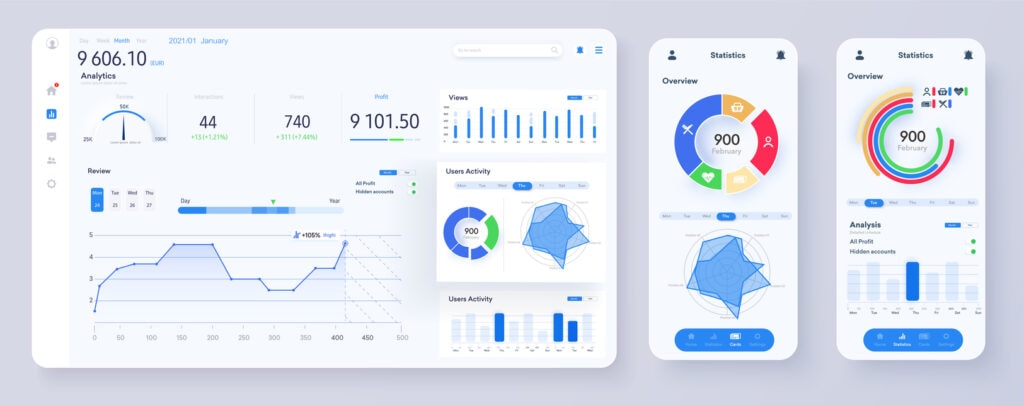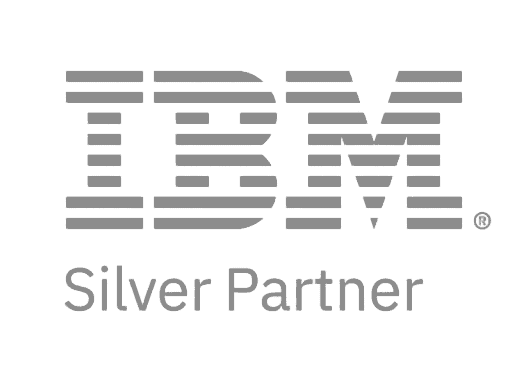EAM & Digital Factory
Efficient asset management for the smart factory
New potentials through innovative technologies
EAM & Digital Factory
- Asset management in the Digital Factory via an EAM system is the basis for effective asset maintenance.
- Data analytics, as well as predictive algorithms, enable improved predictive maintenance by identifying early failures and optimizing maintenance resources.
- A Digital Factory EAM system enables continuous process improvements by evaluating asset performance data and maintenance data.
- Efficient spare parts management includes inventory control, collaboration with reliable suppliers, technology deployment and preventive maintenance.
- Energy management in a smart factory optimizes energy consumption through data analysis, energy-saving measures and digital twins
- Digital twins are useful for capacity planning, resource allocation, and identifying bottle gaps or inefficiencies in the manufacturing process.

Read our white paper to find out more about how you can revolutionise your production and maintenance by introducing a smart factory. By using new technologies, you can increase transparency, reduce costs and increase your output.
Smart Factory

In an evolution from traditional factories, smart factories are able to create seamlessly integrated processes where machines, sensors, data and people communicate and collaborate in real time.
Increasing efficiency, productivity, quality and flexibility allows you to respond faster to changes in demand or the market.
Smart Factory
Smart factories are also able to use self-learning systems that optimize processes and perform predictive maintenance based on data analytics and AI models.
They also provide greater data security and integrity. This is because you are able to implement security protocols and standards and detect and respond to unexpected outages or cyberattacks.

Digital factory and process optimization

The Digital Factory offers significant added value for your production planning. By integrating virtual models, simulations and data analysis, it enables a realistic representation of the entire manufacturing process. This enables early identification of bottlenecks, optimization of processes and resource allocation, as well as evaluation of different scenarios. The result is ultimately more efficient production processes, reduced costs and shorter time-to-market. The Digital Factory thus promotes more precise and informed decision-making during the planning phase.

The use of an EAM system in the Smart Factory enables continuous process improvements. This involves a comprehensive evaluation of asset performance data and maintenance data. Based on the insights gained, weak points can be identified and targeted measures can be taken to optimize operating procedures and maintenance processes. This targeted approach noticeably increases the overall efficiency of the factory and achieves higher productivity.

In times of persistent labor shortages, autonomous maintenance solutions using robotics are proving extremely beneficial. These take on complex maintenance tasks autonomously, thus ensuring not only smooth operation but also the provision of first-class end products of outstanding quality.

The use of Big Data solutions helps to collect and analyze data about the production process. Thus, patterns and trends in production are identified that point to potential problems or weaknesses. The analyses can also be used to improve the production process, for example by eliminating inefficient or faulty steps.
Advantages of the Digital Factory in Production
Lower costs
By optimizing the production process and reducing errors and waste, you lower your costs.
Better quality
With the help of prediction and elimination of possible problems in the production process, you improve the quality of your manufactured products.
Shorter lead times
By accelerating production processes, you reduce your lead times.
Higher efficiency
With the optimization and automation of production processes, you gain significantly higher efficiency.
Spare parts management
Effective spare parts management is characterized by a structured sequence of steps:
Starting with precise demand planning to minimize potential bottlenecks, a coordinated purchasing process follows to ensure timely supply.
Comprehensive logistics monitoring not only ensures the quality of deliveries, but also checks that incoming goods are received smoothly.
During installation of the spare parts, the focus is on careful monitoring in order to detect possible installation errors at an early stage.
Finally, controlling enables targeted optimization on the basis of performance indicators for inventories, delivery times and maintenance intervals.

The possible uses of a digital twin
Simulations
The digital twin is an accurate replica of reality and allows non-destructive simulations. Virtual changes are tested before they are made to the physical asset. This saves time and costs.
Sustainable product management
Digital twins also support decision-making regarding the product life cycle. They help to focus on the sustainability aspect and support the selection of the best recycling or reuse measures. The use of digital twins enables sustainable product management and leads to a better environmental balance.
Sensor based highlighting
A digital twin that uses sensor feedback for systems can automatically visualize assets and systems that have bottlenecks. The visualization is also used to assess risks and develop maintenance procedures and mitigation plans.
The possible uses of a digital twin
Energy management
In a smart factory, digital twins play a crucial role in monitoring and optimizing energy consumption. They collect energy consumption data, identify patterns, and suggest energy-saving measures to optimize consumption and reduce environmental impact.
Supply Chain Optimization
Optimization of the entire supply chain is achieved by implementing real-time tracking, inventory management and demand forecasting. This provides comprehensive insight into the supply chains. With the use of digital twins, supply chain operations are optimized. The result is reduced lead times and increased efficiency.
Dashboards and Reportings

Digital factories are the key to optimizing manufacturing processes and increasing efficiency. Dashboards and reporting play an important role in this. They ensure a comprehensive view of processes, key figures and results.
Real-time monitoring identifies bottlenecks or inefficient processes so that action can be taken to improve them. Dashboards improve collaboration within the company. Teams make decisions together and are ni able to react quickly to changes in manufacturing processes.

